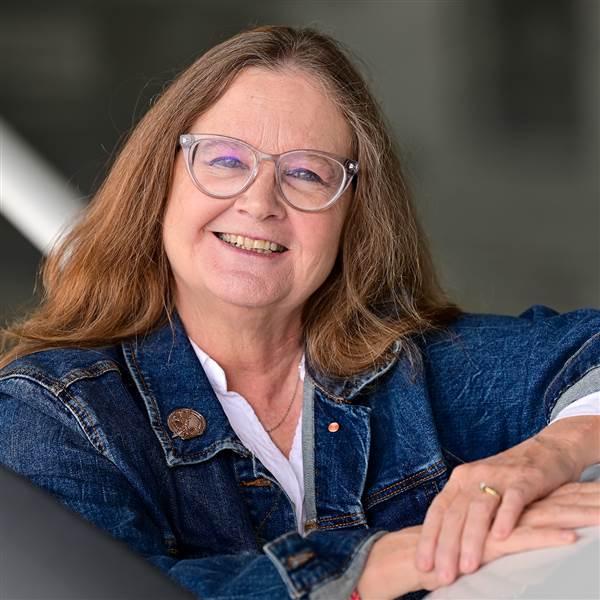Around the patch
Hold on to your heroes

 My aviation heroes always will be the Women Airforce Service Pilots—the WASP. These civilians trained during World War II to ferry military aircraft. They were an experiment of sorts—an effort to fill in some gaps created when male pilots were drafted to fight overseas.
My aviation heroes always will be the Women Airforce Service Pilots—the WASP. These civilians trained during World War II to ferry military aircraft. They were an experiment of sorts—an effort to fill in some gaps created when male pilots were drafted to fight overseas.
The WASP helped me through some frustrating periods in my primary and instrument training. Each time I hit a stumbling block, I would reflect on those women and realize that if they could muscle around B–17s and B–26s, I should be able to handle something like a power-on stall.
The WASP served our nation with humility and courage, and their legacy will live forever.
I’ve asked other pilots who their aviation heroes are. You might expect to hear names like Chuck Yeager, who broke the sound barrier, and Charles A. Lindbergh, who flew nonstop from New York to Paris, and you would be right. Yeager and Lindbergh did things that no one else had accomplished in aviation. Their persistence and determination are an example for all pilots to follow.
Other folks cite people like Dick and Burt Rutan, “the modern Wright brothers,” whose passion for aviation extends from innovative aircraft designs to space exploration. Or General Jimmy Doolittle, a U.S. aviation pioneer who helped to develop the foundation of today’s instrument flying.
Or Howard Hughes, whose colorful biography includes his accomplishments as a record-setting pilot and designer of the world’s largest flying boat.
Or Robin Olds, an air fighter and combat leader who served in World War II and the Vietnam war.
Or Bessie Coleman, who went to France and learned a second language to be able to train as a pilot, because no one in the United States would train a Black woman.
Aviation heroes need not always be the people from history books and headlines. They could be your uncle, who took you up in a Cessna 150 when you were barely old enough to see over the yoke. They could be your mother, who bit her lip and set aside her fears for your safety to encourage you and cheer you on when you first started learning to fly. They could be the airline pilots waving back at the children jumping up and down and waving at them through the window of the airline terminal. They could be the airshow pilots who chat with visitors on the flight line after performing at the local airshow.
I was blessed to meet three WASP in person at various times. One of them, Florence Shutsy-Reynolds, was riding on the same hotel shuttle van as me when we crossed paths at a Women in Aviation conference. Florence was delighted to know that I knew who she was, and I was thrilled to be able to tell her what she meant to me.
Whoever your aviation heroes are, keep them close however you can so that you can draw on their strength when you need it most.



